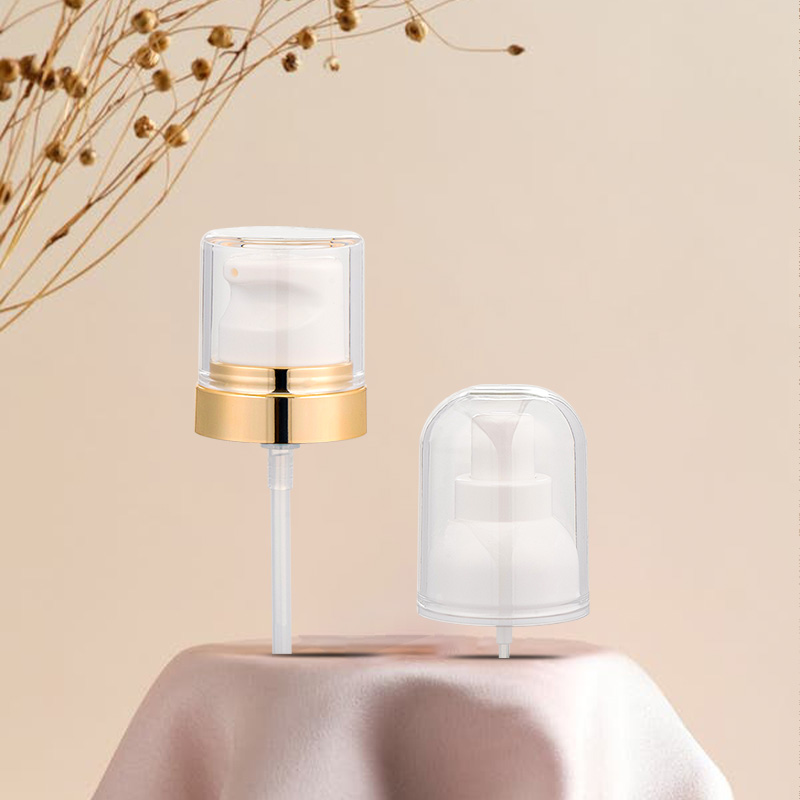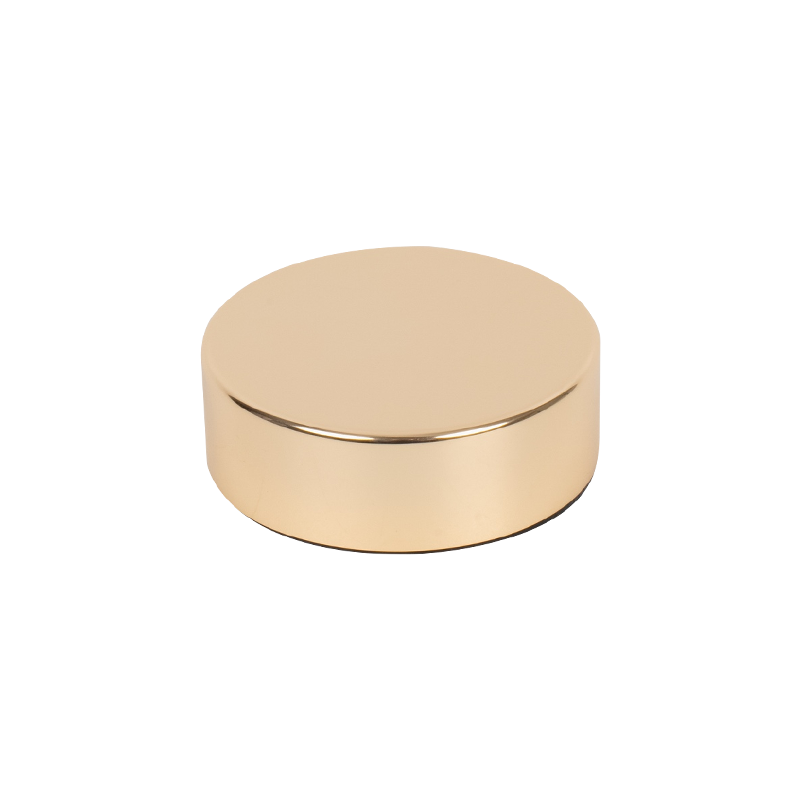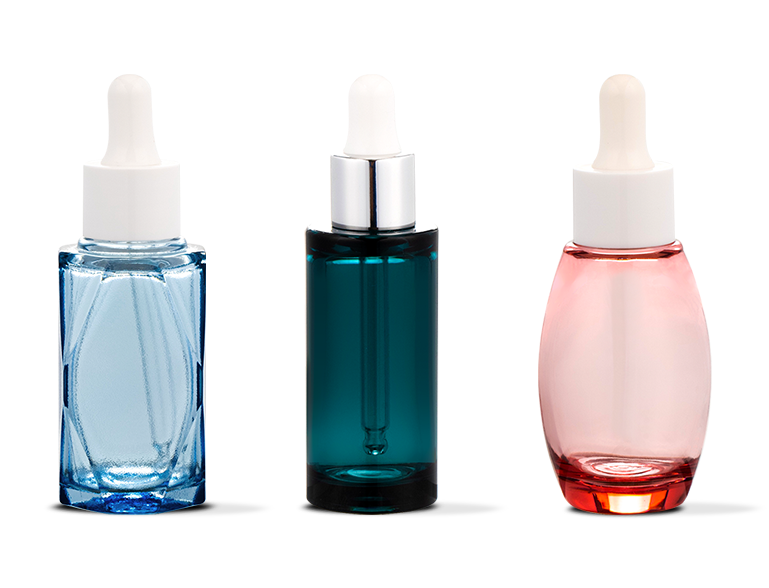Electrochemical Aluminium Emulsion Pump

In the design of Plastic Spray Pump, structural design is a crucial link, which is directly related to the sealing performance, service life and user experience of the product. As one of the core functions of the spray pump, the stability and reliability of sealing performance are directly related to the market competitiveness of the product.
1. Precision fit design
Precision fit design is the basis for ensuring sealing performance. In the design process of Plastic Spray Pump, the matching dimensions between various components need to be accurately calculated and strictly controlled to ensure that a close contact surface can be formed after assembly to prevent liquid leakage. For example, the connection between the pump body and the pump head, the sliding surface between the piston and the pump barrel, etc., all need to be seamlessly connected through precise tolerance control. This design not only improves the sealing effect, but also reduces the wear caused by friction and prolongs the service life of the product.
2. Multiple sealing structure
In order to further enhance the sealing performance, multiple sealing structures are often used in the design. Multiple sealing structure refers to the arrangement of multiple sealing elements at key sealing parts to form multiple barriers to resist the influence of external pressure or internal liquid pressure. In Plastic Spray Pump, this is usually reflected in multiple locations such as the connection between the pump head and the pump body, the fitting between the piston rod and the sealing ring, etc. By using rubber sealing rings, O-rings or specially designed sealing gaskets and other components, it is possible to effectively prevent the liquid from leaking out of the pump body, while preventing external air or impurities from entering the pump, ensuring the normal operation of the spray function.
3. Optimizing the material of the sealing element
The material selection of the sealing element is also crucial to ensure the sealing performance. In Plastic Spray Pump, commonly used sealing element materials include rubber, silicone, thermoplastic elastomers, etc. These materials have good elasticity, wear resistance and chemical corrosion resistance, and can maintain stable sealing performance in harsh working environments. Designers need to select suitable sealing element materials according to the specific application scenarios and liquid properties of the product, and optimize the design to improve the sealing effect and service life.
4. Consider the effect of thermal expansion and contraction
During the use of Plastic Spray Pump, due to temperature changes, the pump body and its sealing elements will expand and contract. If this phenomenon is not handled properly, it may cause the sealing performance to deteriorate or even fail. In the structural design, it is necessary to fully consider the influence of thermal expansion and contraction effects, and compensate for this change through reasonable structural design or material selection. Sealing element materials with a certain elasticity can be used, or a certain gap can be set at the sealing part to accommodate the deformation caused by thermal expansion and contraction.
5. Strengthening the pressure of the sealing surface
In order to improve the uniformity of pressure distribution and sealing effect of the sealing surface, some special structures can also be used in the design to strengthen the pressure of the sealing surface. For example, a spring loading mechanism is set at the connection between the pump head and the pump body so that the sealing ring can fit more closely on the sealing surface when under pressure; or a guide structure is set on the piston rod to ensure that the piston always maintains the correct position and posture during the sliding process, thereby avoiding damage and leakage of the sealing surface.


As environmental awareness increases, how does the company ensure that the production process of Cosmetics Electrochemical Aluminum Cover complies with the principles of sustainable development?

How does the precise sealing structure design of the Cosmetic Packaging Pump Bottle ensure sealing to prevent product leakage?
News Categories